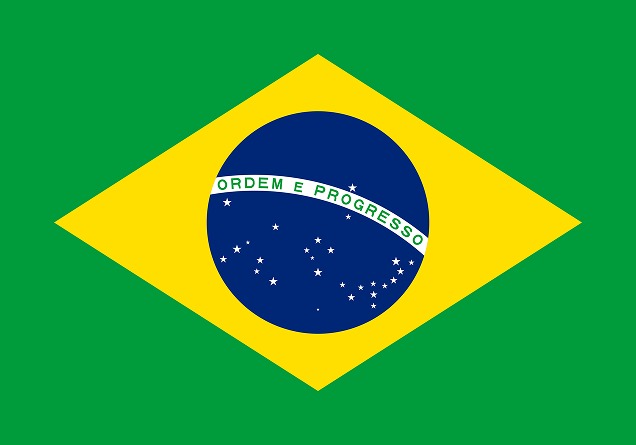We can't find the internet
Attempting to reconnect
Something went wrong!
Hang in there while we get back on track
Forest Management
 Created in 1990, Imazon was born amid intense logging pressure in the Amazon. As a result, the institute’s first research projects offered solutions to protect the most sought-after species, such as mahogany, and to support the scaling of sustainable and community-based forest management in the region. This work has made the organization one of the leading references on this topic both in Brazil and internationally.
Created in 1990, Imazon was born amid intense logging pressure in the Amazon. As a result, the institute’s first research projects offered solutions to protect the most sought-after species, such as mahogany, and to support the scaling of sustainable and community-based forest management in the region. This work has made the organization one of the leading references on this topic both in Brazil and internationally.
During its first 15 years, Imazon published several scientific articles and books to disseminate knowledge on forest management, a set of techniques designed to support the sustainable harvesting of timber resources. In addition to presenting models that minimize environmental impact and help conserve biodiversity and essential forest functions, these studies also played an important role in demonstrating the economic viability of the activity.
As practical outcomes, Imazon’s forest management research helped shape public environmental policies, such as in the case of its analyses on mahogany ecology. At the time, mahogany was the most valuable tropical timber species. These studies were instrumental in its inclusion on the list of endangered species under the Convention on International Trade in Endangered Species of Wild Fauna and Flora (Cites) in 2003. Other notable publications include “Expansão madeireira na Amazônia: Impactos e perspectivas para o desenvolvimento sustentável no Pará“ (1996), “Floresta para Sempre: Um Manual para a Produção de Madeira na Amazônia“ (1998), and “Manejo Florestal Comunitário: processos e aprendizagens na Amazônia brasileira e na América Latina“ (2005).
To support rural communities in their relationship with the forest, Imazon also published the “Guia para o Manejo Florestal Comunitário“ in 2007. This manual offers practical instructions for the activity and lists the ecological, economic, social, and cultural benefits it can bring to communities.
Imazon was a pioneer in creating tools for improving and monitoring logging activities in the Amazon, such as the Sistema de Apoio ao Manejo Florestal (Samflor), developed and tested between 2005 and 2009, and the Sistema de Monitoramento da Exploração Madeireira (Simex), implemented in 2008. Samflor was created to evaluate and manage good forest management practices in small and medium-sized enterprises in the Amazon. Simex was an innovative tool to detect and assess the effectiveness and quality of management plans by cross-referencing satellite images of logging activities with the official authorizations issued by environmental agencies. Since 2021, data from this tool have been used in annual publications on timber extraction across the Legal Amazon through Rede Simex, which includes Imazon along with three other environmental research institutions: ICV, Idesam, and Imaflora.
Overall, these publications helped ensure that, by 2016, the Amazon had more than 7 million hectares under forest management, with half of that area certified with the green seal of the Forest Management Council (FSC).
 PT
PT
 ES
ES
 EN
EN

